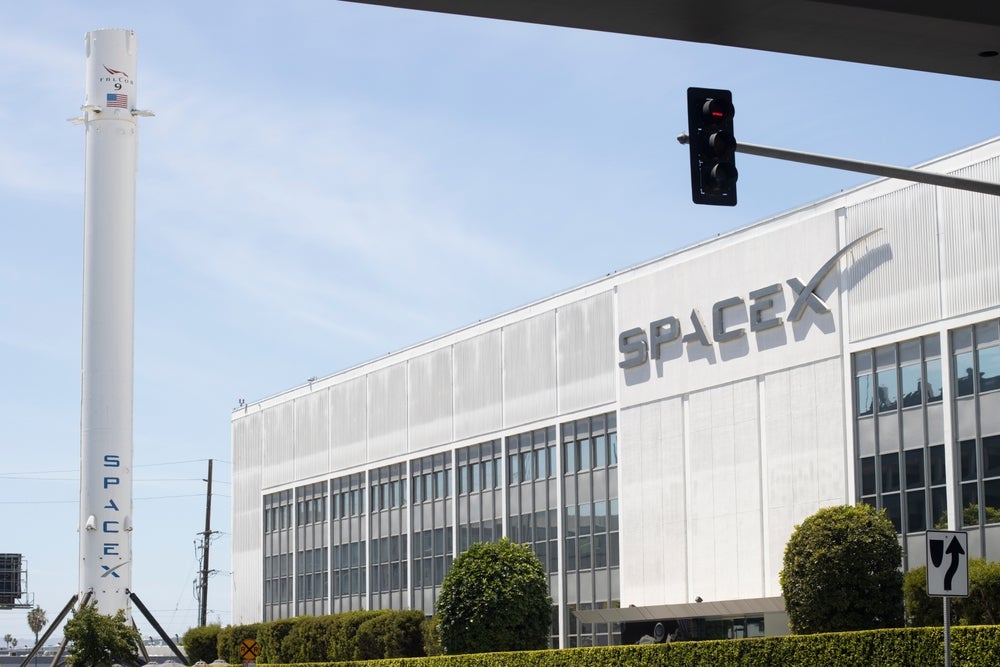SpaceX’s Starship completed its ninth integrated flight test (IFT-9) on May 27, 2025, as it moves closer to full reusability.
This flight, the first in the program’s history to reuse a super heavy booster, hints at a potentially pivotal moment in global launch capability.
The launch from Starbase, Texas, achieved clean separation and a stable ascent, but the booster was ultimately lost in the Gulf of Mexico after a high-energy re-entry. The upper stage, Ship 35, reached its intended suborbital trajectory but experienced a propellant leak and a stuck bay door, preventing a planned satellite-simulator deployment, before breaking up over the Indian Ocean.
The promise of space flight
The flight test underscores both the progress and the remaining hurdles of Starship’s development. SpaceX has demonstrated increasingly reliable lift-offs and stage separations, and is building valuable experience with booster reuse, a critical goal for lowering long-term launch costs. However, repeated issues during descent and recovery continue to delay the path to operational, fully reusable missions.
Starship’s scale and mission profile still stand apart from other heavy-lift systems in development. It aims to move beyond the Falcon 9’s proven but still partially expendable architecture to a fully reusable, ultra-heavy platform capable of transporting 100 metric tons or more to orbit.
No other launch system under development—including NASA’s SLS, Blue Origin’s New Glenn, or even China’s Long March 9 plans—currently matches the combination of reusability, lift capacity, and orbital refueling Starship targets. This forces competitors to reconsider their assumptions around reuse, turnaround, and payload pricing. Starship has the potential to deliver dramatically larger payloads at lower per-kilogram costs. But turning that potential into a dependable, repeatable service is not yet guaranteed.

US Tariffs are shifting - will you react or anticipate?
Don’t let policy changes catch you off guard. Stay proactive with real-time data and expert analysis.
By GlobalDataA long road ahead for Starship
As demonstrated by IFT-9, there are, however, profound obstacles. IFT‑9 highlighted persistent re-entry challenges, from propellant system vulnerabilities to heat shield damage, which could slow progress. SpaceX’s strategy to “fly, fail, fix, fly again” enables rapid learning but also exposes timelines to repeated high-stakes setbacks, raising questions about how this iterative philosophy can translate to the more risk-averse environment of human spaceflight.
For NASA, which relies on Starship to support the Artemis lunar landings, the results will be closely monitored. Its dependence on Starship for Artemis lunar landings underscores how a commercial vehicle has effectively displaced decades of government-led development, in a remarkable shift of leadership and trust.
In short, IFT‑9 shows that SpaceX is moving forward on several fronts—reusability, scale, and iterative testing—but has work ahead to address fundamental questions about returning and re-flying these massive vehicles. Starship’s trajectory after IFT‑9 suggests that space access is on the brink of a fundamental redefinition—from the expensive, infrequent launches of the past to a vision of near-routine, mass-scale transport.
That transformation remains fragile and incomplete, as IFT‑9 shows, but its potential is already reshaping how agencies, governments, and commercial players plan for a future beyond Earth.









